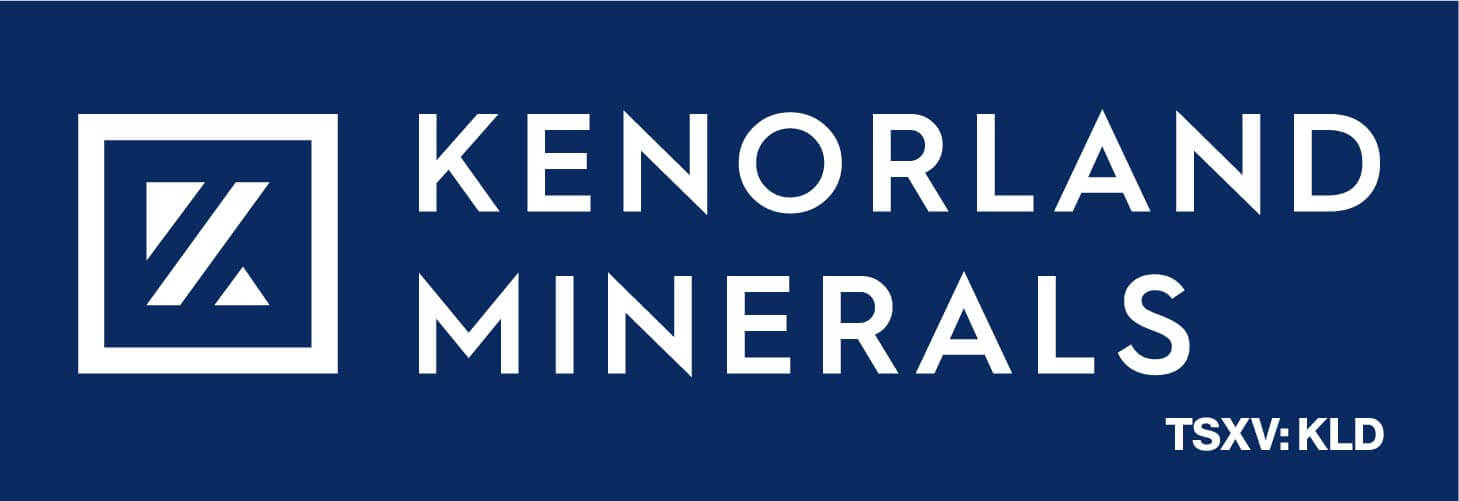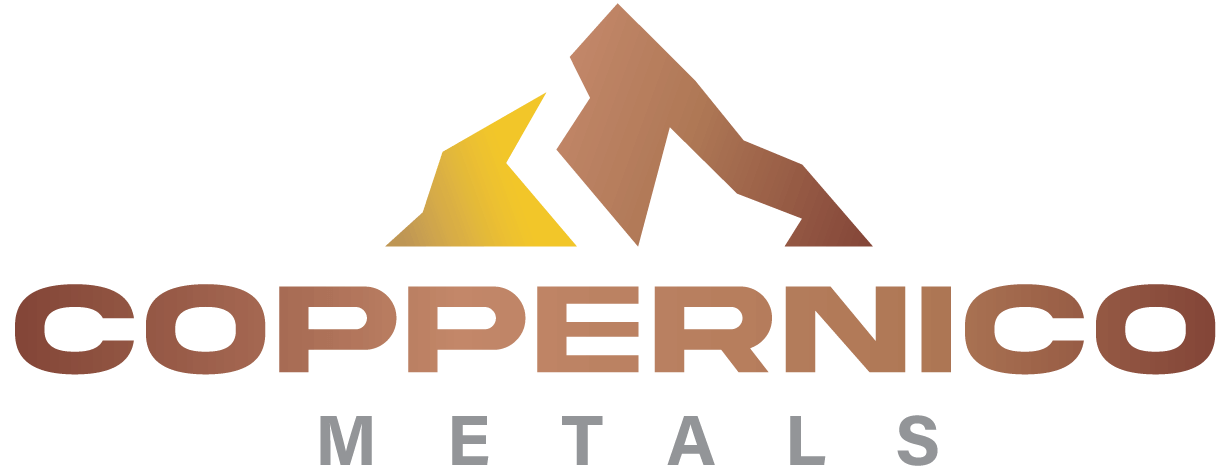U.S. Gold Corp. Announces Planned 2019 Drilling Program at the Keystone Project, Cortez Trend, Nevada
Download as PDF
U.S. Gold Corp. intends to drill up to 28,000 feet (approx. 9,000m) in up to 14 holes
This program is designed to assess a number of previously inaccessible targets because of previous permitting limitations
Identification, qualification, and prioritization of these targets were determined by means of detailed surface geology, geochemistry, and geophysics and expert knowledge of Carlin-type deposits
ELKO, Nevada, June 6, 2019 /PRNewswire/ — U.S. Gold Corp. (NASDAQ: USAU), a gold exploration and development company, is pleased to announce the commencement of the 2019 drilling program at its 20 square mile, Keystone project, in Nevada’s Cortez Trend. The program will test several drill targets in areas previously inaccessible with a drill because of permitting limitations and follow up on encouraging results from late 2018 drilling. Identification and qualification of these targets has been in progress since the onset of the exploration program almost 3 years ago. This targeting effort has included iterative detailed gravity surveys, detailed geological mapping and associated prospecting, rock sampling and detailed gridded soil surveys, in addition to prior scout hole drilling. 2016-2018 scout-type drill holes, comprised of 34 individual holes drilled from 15 total drill sites, have importantly added to the knowledge of, and geological understandings of the permissive lithologies and favorable stratigraphy of the project. Scout drilling encountered thick sections of permissive host rocks, including Comus, Horse Canyon, Wenban, and Roberts Mountains Formations (similar host rock packages to the sizeable deposits at the north of the Cortez Trend), hosting anomalous to multiple gram gold intervals associated with very anomalous and thick intervals of pathfinder metals. The 2019 drilling program will now provide a first test to some of the most compelling targets on the Keystone project.
Ken Coleman, U.S. Gold Corp.’s Keystone Project Geologist, states: “We are very pleased to move forward with the assessment of these Keystone drill targets. These targets have been qualified and prioritized by our experienced exploration team and are the culmination of our last three years of exploration efforts at Keystone. Previous scout style drilling over a broad area at Keystone was essential for developing the targets which will be tested in our drilling this year.”
Ten deep, vertical drill holes, with contingency for an additional four holes, are proposed within ten high potential target areas of Keystone for the 2019 exploration program. Details for each target area are provided below, in order of priority. For those targets with two holes proposed, one hole will be drilled and then drilling will progress to the next target in priority, to allow time for results to be returned and analyzed, and to allow potential changes to exact drill hole locations to be made. A 2019 Keystone Project Map link is provided below showing previous U.S. Gold Corp. drill hole locations and the proposed 2019 Keystone drill targets, referenced as PH-xx below in each target area description. Target concept cross sections are also provided for the top ten proposed holes, referenced by target name.
The 2019 Keystone drill target sites, designated by PH #, have been identified, vetted, prioritized, and presented in numerical order; see attached figure:
http://usgoldcorp.gold/2019-targets-map.jpg
The following provides a brief summary description of these prioritized 2019 Keystone drill targets:
Greenstone Gulch
Two holes are planned in this area (PH-1 and PH-6). There has been no previous drilling in the Greenstone Gulch target area. Upper Plate Cambrian-Ordovician Comus Formation calcareous siltstones, limestones and greenstones are exposed at surface and are variably altered along NW and NE trending, partly dacitic dike filled structural zones. Lower Plate Devonian rocks are expected at shallow depths below surface. Surface soil and rock geochemistry shows a strong pathfinder element anomaly coincident with the NW structural zones. Targeting collapse breccias and bedding replacements developed in lower Comus, at the Devonian Horse Canyon-Wenban contact, and in Wenban Unit 5.
http://usgoldcorp.gold/2019-greenstone.jpg
Sophia
Two holes will be drilled (PH-2 and PH-7) to follow up on previous drilling in the target area, especially hole Key18-09rc. Hole Key18-09rc encountered over 350 feet of nearly continuous oxidized breccia at the bottom, where it was lost at 1,605 feet in a 20-foot-wide open void. The oxidized breccia is located in Horse Canyon below a thick section of Comus skarn and hornfels. Comus skarn above the oxidized breccia yielded a 20-foot intercept of 1.135 g/t gold in garnet-magnetite skarn. The breccia at depth displays strongly anomalous gold, arsenic, thallium, mercury and many other elements, including thallium over 380 ppm. Sophia is located at the intersection of two broad NNW and NNE trending structural zones, the intersection being coincident with the strongest pathfinder soil anomalies at Keystone, a large gravity low and strong surface alteration characterized by bleaching, Fe staining, silicification and barite-alunite. Targeting a large collapse breccia developed in Horse Canyon and Wenban, similar in style and geometry to the Cortez Hills breccia deposit.
http://usgoldcorp.gold/2019-sophia.jpg
Tip Top
Two holes are planned (PH-3 and PH-8) to follow up on previous drilling in the target area, which encountered encouraging gold and Carlin-style alteration and pathfinder geochemistry. The target is located at the intersection of a major NNW trending structural zone with several NNE and NE trending fault zones which down-drop Upper Plate rocks against Lower Plate rocks. The NNW structural zone is identified as a district scale mineralized conduit at Keystone. Surface soil and rock geochemistry shows a strong pathfinder and gold anomaly coincident with a large gravity low in the immediate target area. Previous drilling has shown gold, Carlin-style alteration and oxidation are increased along the NNW structural zone. In addition, a long strike length, NW striking-shallow dipping structure was identified in previous drilling, with associated gold and dolomitization. Targeting a shallow, Goldrush-style breccia and replacement deposit developed at the intersection of the broad NNW trending structural zone with the NW striking, shallow dipping structure, and collapse breccias developed in Wenban Unit 5 in the footwall of the major NNW structural zone.
http://usgoldcorp.gold/2019-tip-top.jpg
McClusky West
One hole is planned (PH-4), southwest of the Sophia target area. Very shallow historic drilling to the west of the target area tested strong Carlin-style alteration and surface geochemical anomalies, characterized mostly by silicification and bleaching with anomalous arsenic-antimony-thallium-mercury and gold. A large gravity low is present here, coincident with an arcuate feature-landslide scarp located at the intersection of a broad NNE structural zone and a major WNW fault. In addition, at this location Lower Plate rocks are further away from the aureoles of the Walti and Mud Springs intrusives than the Sophia target area. Targeting a large collapse breccia similar in style to Cortez Hills, developed in Devonian Horse Canyon and Wenban carbonates.
http://usgoldcorp.gold/2019-mcclusky.jpg
Mud Springs
One hole is planned (PH-5), in this target area with no previous drilling. A pronounced gravity low is present with the mapped Mud Springs intrusion, adjacent to where a major NNW structural zone that serves as a district scale conduit at Keystone is projected to cut the intrusion. At the location of the gravity low, a geochemically anomalous NNE structural zone projected southwest from the Breccia Ridge target area forms an intersection zone with the major NNW structural zone. A recessive zone surrounded by variably brecciated exposures of marble (Wenban likely) with anomalous arsenic and other elements is present as well, with a few rock chips of quartz veins and silicified diorite yielding anomalous gold to 41 ppb. Targeting a confined collapse breccia developed in marble adjacent to the Mud Springs intrusion, of a similar style to Deep Star on the Carlin Trend.
http://usgoldcorp.gold/2019-mud-springs.jpg
Nina Skarn
One hole is planned (PH-9), in this new target area with no previous drilling. Devonian Horse Canyon and Wenban pyroxene skarn and hornfels are present at surface, coincident with a +2,000-foot-long gold soil anomaly with up to 200 ppb samples and associated coincident anomalous Te-Bi-Zn-Ag. This anomalous skarn zone is parallel to and appears confined to the east of a major NNW structural zone which confines strong Carlin-style alteration to the south in the Sophia Target. At the proposed hole location, several WNW trending structures are mapped cutting the skarn, with anomalous arsenic and thallium coincident with their surface traces. The potential for both gold bearing skarn and skarn hosted Carlin-type mineralization (ie. Fourmile, Deep Star) is good at this location; both ideas are the targets being pursued for this proposed hole.
http://usgoldcorp.gold/2019-nina-skarn.jpg
Breccia Ridge
One hole is planned (PH-10), to the north of U.S. Gold Corp’s previous drilling, where one of the largest gravity lows at Keystone is strongest and is coincident with the intersection of several NNE and WNW striking faults. At the intersection, surface soil geochemistry is strongly anomalous in arsenic, with anomalous thallium surrounding the arsenic high. Ordovician Valmy chert and quartzite is exposed at surface, showing strong Fe and As oxide staining, barite-alunite, silicification, and bleaching. A circular collapse-looking feature is localized at the direct intersection of the NNE and WNW structural zones, suggesting a moderately plunging breccia body may be present at depth. Upper Plate Cambrian-Ordovician Comus and Lower Plate Devonian carbonates are projected to be at reasonable drilling depths at the target location and are the targeted units for potentially mineralized collapse breccia development.
http://usgoldcorp.gold/2019-breccia-ridge.jpg
Ken Coleman continues: “Our exploration team is very much looking forward to the commencement of the 2019 Keystone drilling season. Last winter saw heavy snows at Keystone, forcing us to de-mobilize at the end of 2018. We are waiting for the property to dry out to allow access. All of us are encouraged with our 2018 drilling results. Extensive ongoing analysis has brought us to this point, and we are excited to continue to test Keystone’s significant potential. Much of this potential was unidentified by previous operators, as they did not have complete control over large parts of the district, nor had the benefit of the major geologic advancements made in the Cortez district over the last decade. We do, and after three years of diligent work at Keystone we are zeroing in on specific targets for discovery success.”
About U.S. Gold Corp.
U.S. Gold Corp. is a publicly traded U.S.-focused gold exploration and development company. U.S. Gold Corp. has a portfolio of development and exploration properties. Copper King is located in Southeast Wyoming and has a Preliminary Economic Assessment (PEA) technical report, which was completed by Mine Development Associates. Keystone is an exploration property on the Cortez Trend in Nevada. For more information about U.S. Gold Corp., please visit www.usgoldcorp.gold.
Forward-looking and cautionary statements
Forward-looking statements in this press release and all other statements that are not historical facts are made under the safe harbor provisions of the Private Securities Litigation Reform Act of 1995. Forward looking statements include the planned drilling program, the anticipated results of the drilling program and management’s expectations for the Keystone Project. These statements involve factors, risks, and uncertainties that may cause actual results in future periods to differ materially from such statements. There are a number of factors that could cause actual events to differ materially from those indicated by such forward-looking statements. These factors include, but are not limited to, risks arising from: changes in the price of gold and mining industry cost inputs, environmental and regulatory risks, risks faced by junior companies generally engaged in exploration activities, and other factors described in the Company’s most recent Annual Report on Form 10-K, Quarterly Reports on Form 10-Q, and Current Reports on Form 8-K filed with the Securities and Exchange Commission, which can be reviewed at www.sec.gov. We make no representation or warranty that the information contained herein is complete and accurate, and we have no duty to correct or update any information contained herein.
INVESTOR CONTACT:
U.S. Gold Corp. Investor Relations:
+1-800-557-4550
[email protected]
![]() View original content:http://www.prnewswire.com/news-releases/us-gold-corp-announces-planned-2019-drilling-program-at-the-keystone-project-cortez-trend-nevada-300863092.html
View original content:http://www.prnewswire.com/news-releases/us-gold-corp-announces-planned-2019-drilling-program-at-the-keystone-project-cortez-trend-nevada-300863092.html
SOURCE U.S. Gold Corp.
Released June 6, 2019




